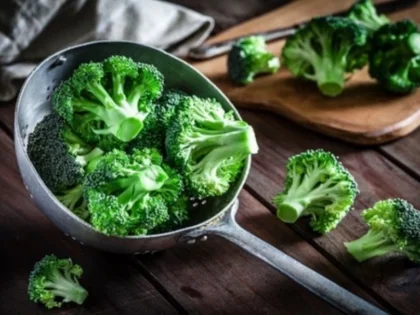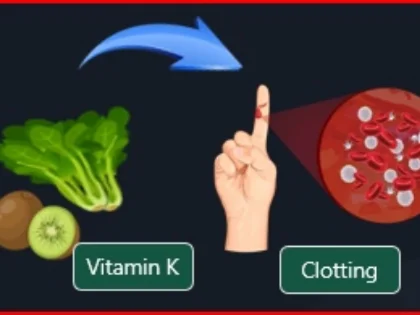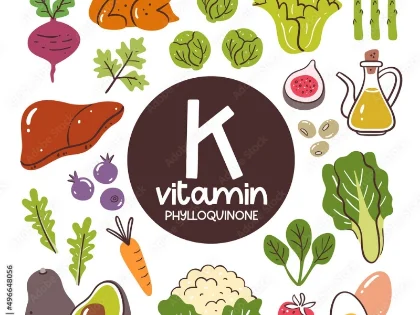Berries: Your Tasty Partners In Building Strong Bones
Berries are a wonderful source of disease-fighting minerals and vitamin C. They may reduce the risk of age-related bone loss and help with bone protection. According to botanists, berries are simple fruits that grow from blooms with solitary ovaries. Nevertheless, several fruits—like tomatoes, bananas, and grapes—that we often consider to be berries are actually not.
Vitamin C
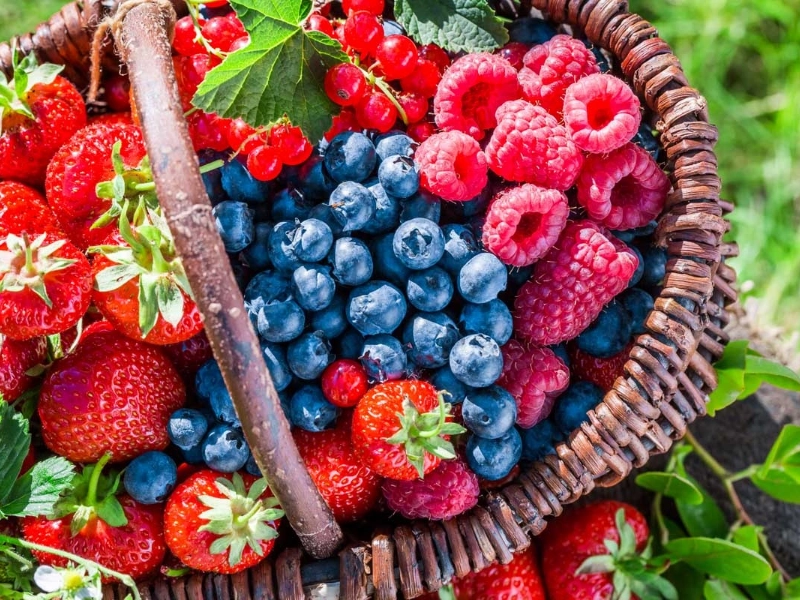
K-complex
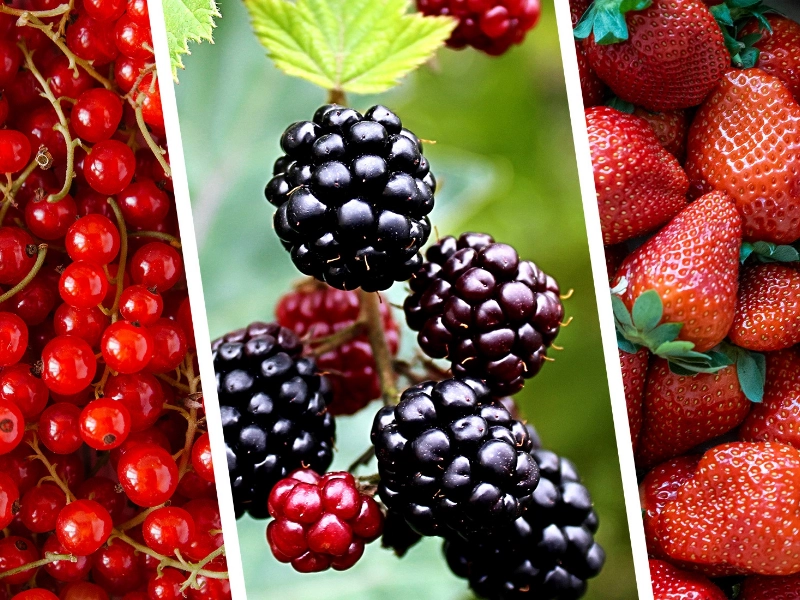 Berries, which include blackberries, blueberries, strawberries, and even goji berries, are a potent source of nutrients that promote bone health. They can be enjoyed on their own or with other nutrient-dense foods such as vegetables, dairy products, and whole grains.
Vitamin K, which is abundant in berries, activates proteins that promote healthy bones and blood clotting. They also include a particular kind of sugar that facilitates your digestive system's absorption of calcium in food and berries.
Blueberries have been shown in studies to help reduce bone loss, especially in postmenopausal women. These delicious berries are thought to contain polyphenols that prevent bone resorption by obstructing a signaling pathway that promotes bone resorption.
Consider folding some blueberries into your preferred leafy green salad, adding a cup of them to your morning smoothie or oatmeal, or sprinkling them on your yogurt parfait. Additionally, several hard and soft cheeses, as well as natto, a fermented soybean product, are sources of vitamin K. 100% of orange juice's natural K also promotes bone health.
Berries, which include blackberries, blueberries, strawberries, and even goji berries, are a potent source of nutrients that promote bone health. They can be enjoyed on their own or with other nutrient-dense foods such as vegetables, dairy products, and whole grains.
Vitamin K, which is abundant in berries, activates proteins that promote healthy bones and blood clotting. They also include a particular kind of sugar that facilitates your digestive system's absorption of calcium in food and berries.
Blueberries have been shown in studies to help reduce bone loss, especially in postmenopausal women. These delicious berries are thought to contain polyphenols that prevent bone resorption by obstructing a signaling pathway that promotes bone resorption.
Consider folding some blueberries into your preferred leafy green salad, adding a cup of them to your morning smoothie or oatmeal, or sprinkling them on your yogurt parfait. Additionally, several hard and soft cheeses, as well as natto, a fermented soybean product, are sources of vitamin K. 100% of orange juice's natural K also promotes bone health.
The Manganese
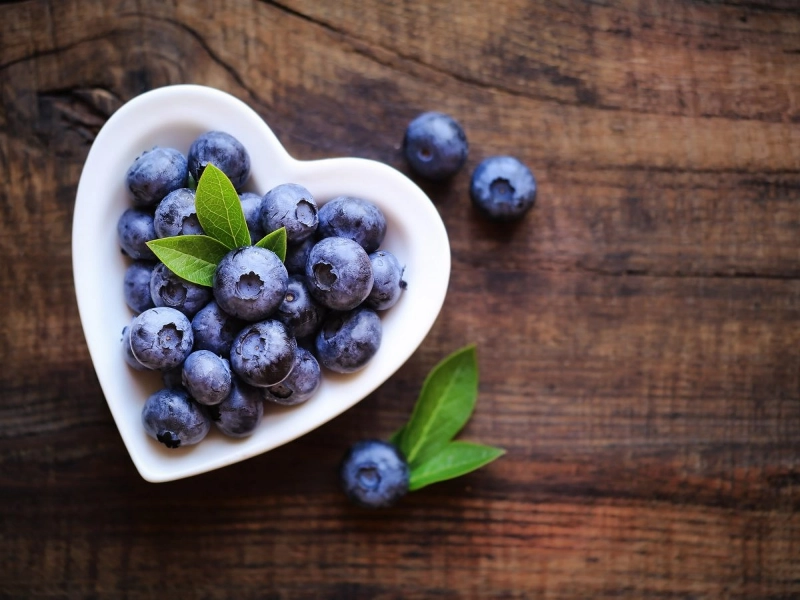 Although it doesn't receive as much attention as calcium, manganese is equally vital to the health of bones. It functions as an antioxidant and assists the enzymes that make bones. Reduced bone density may result from a manganese shortage, according to research on animals. Human trials, however, are few and inconsistent.
Combining copper, manganese, and calcium halted the loss of spinal bone in postmenopausal women. Further investigation is necessary to fully understand the impact of this trace mineral and its other benefits.
You may help yourself fulfill your manganese needs by following a nutritious diet that includes whole grains, fruits (particularly berries), vegetables, low-fat milk and yogurt, nuts, and legumes. Nonetheless, a recent study of the population revealed that many people are deficient in this nutrient. The range of recommended intakes is 3 to 5 milligrams per day. Learn from your healthcare provider how to incorporate manganese-rich foods into your diet. They might suggest taking a multivitamin or getting the mineral in supplement form.
Although it doesn't receive as much attention as calcium, manganese is equally vital to the health of bones. It functions as an antioxidant and assists the enzymes that make bones. Reduced bone density may result from a manganese shortage, according to research on animals. Human trials, however, are few and inconsistent.
Combining copper, manganese, and calcium halted the loss of spinal bone in postmenopausal women. Further investigation is necessary to fully understand the impact of this trace mineral and its other benefits.
You may help yourself fulfill your manganese needs by following a nutritious diet that includes whole grains, fruits (particularly berries), vegetables, low-fat milk and yogurt, nuts, and legumes. Nonetheless, a recent study of the population revealed that many people are deficient in this nutrient. The range of recommended intakes is 3 to 5 milligrams per day. Learn from your healthcare provider how to incorporate manganese-rich foods into your diet. They might suggest taking a multivitamin or getting the mineral in supplement form.
Copper
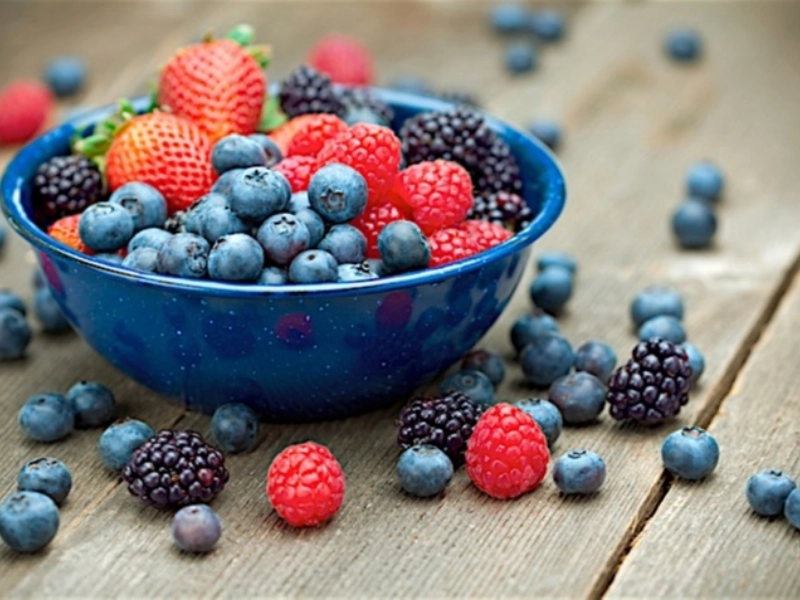 Berries are a beneficial source of copper, an important element that helps maintain healthy bones and appropriate blood pressure when consumed on a regular basis. Copper also lowers cholesterol and prevents heart disease. It is necessary for the production of red blood cells and the healthy operation of the neurological system.
In culinary terms, a berry is any tiny, fleshy fruit. But whether fruits are eligible depends on a few very particular regulations, botanically speaking. A berry must be formed from a single flower's ovaries and have a fleshy, edible part free of pits and stones.
Thus, although having a berry-like appearance and frequently being used in the same ways, cherries, apricots, avocados, and watermelons do not qualify as real berries. On the other hand, due to their hard rinds shielding a single ovary, some fruits, such as tomatoes, cucumbers, kiwis, and oranges, tangerines, lemons, and limes, are classified as berries. What's even more intriguing is that, theoretically, mulberries (Morus nigricans) are also classified as berries.
Berries are a beneficial source of copper, an important element that helps maintain healthy bones and appropriate blood pressure when consumed on a regular basis. Copper also lowers cholesterol and prevents heart disease. It is necessary for the production of red blood cells and the healthy operation of the neurological system.
In culinary terms, a berry is any tiny, fleshy fruit. But whether fruits are eligible depends on a few very particular regulations, botanically speaking. A berry must be formed from a single flower's ovaries and have a fleshy, edible part free of pits and stones.
Thus, although having a berry-like appearance and frequently being used in the same ways, cherries, apricots, avocados, and watermelons do not qualify as real berries. On the other hand, due to their hard rinds shielding a single ovary, some fruits, such as tomatoes, cucumbers, kiwis, and oranges, tangerines, lemons, and limes, are classified as berries. What's even more intriguing is that, theoretically, mulberries (Morus nigricans) are also classified as berries.


